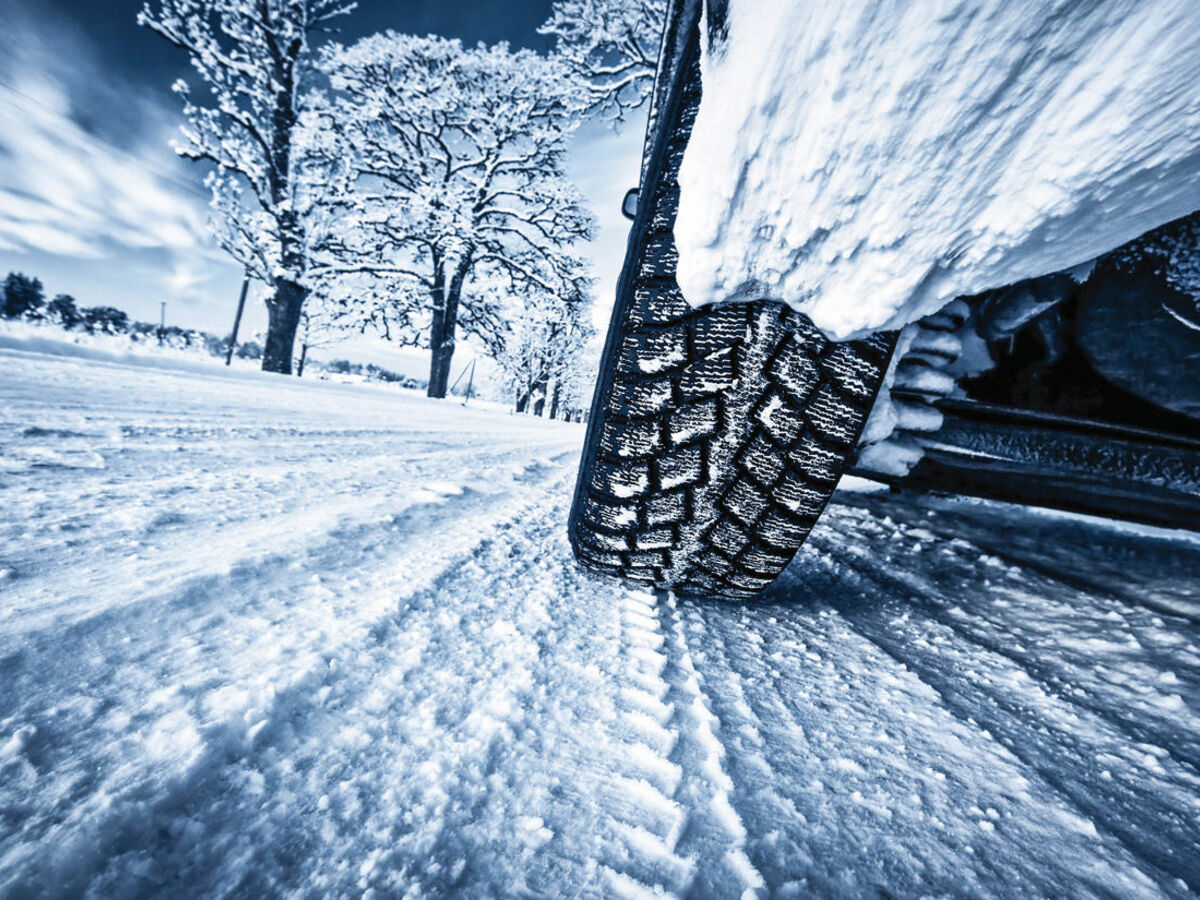Image

Icy roads made for dangerous driving conditions Wednesday morning. The icy sidewalks weren’t much safer.
The roads started icing around 8:30 a.m. Within a little more than an hour, paramedics from Huron Valley Ambulance had responded to 13 crashes in Washtenaw County.
None of those crashes occurred in the Saline area.
“We certainly saw cars in ditches and along the side of the road. But we didn’t respond to any crashes,” Saline Fire Chief Craig Hoeft said. “We were fortunate.”
While the icy roads didn’t lead to any 911 calls, icy sidewalks did. According to Hoeft, the SAFD answered four calls for falls this morning.
“Nobody was seriously injured,” Hoeft said.
Driving conditions should improve throughout the day and into tomorrow, when the high temperature is expected to rise to a high of 54. Everyone is turning their attention to Friday. Although it looks like the chances of a major snowstorm are dwindling, there could be a wintery mix as temperatures fall.
The forecast for Saturday is a high of just 18.
Here are some tips for winter driving:
Winter weather causes many people to retreat indoors until the spring thaw. However, for those who embrace the cooler temperatures or find that life must go on despite snow and ice, taking inventory of their vehicles is a must before the first snowflakes start to fall.
Tire care is an especially important area of vehicle maintenance. The tire experts at Michelin say that regular tires may be ineffective for winter driving. Summer tires are made from materials that are optimized for warm conditions. When the mercury drops, these same materials can harden, reducing their ability to grip the road. That lack of traction can be compounded by the presence of snow or ice. Even all-season tires, which are designed to be driven year-round, can be insufficient in severe weather conditions. Winter tires can help drivers safely navigate winter roadways.
Bridgestone Tires says that having the right snow tires matters when driving in winter weather conditions. It’s important to look for tires that can disperse water sufficiently and also grip the road. Snow tires are designed to remain softer and more flexible to conform to the road better in cold conditions. Some winter tires are even studded to provide better traction.
Unfortunately, even the best winter tires cannot provide perfect traction on slippery roadways. That is why it is essential, in conjunction with the use of winter tires, modify driving techniques to navigate safely.